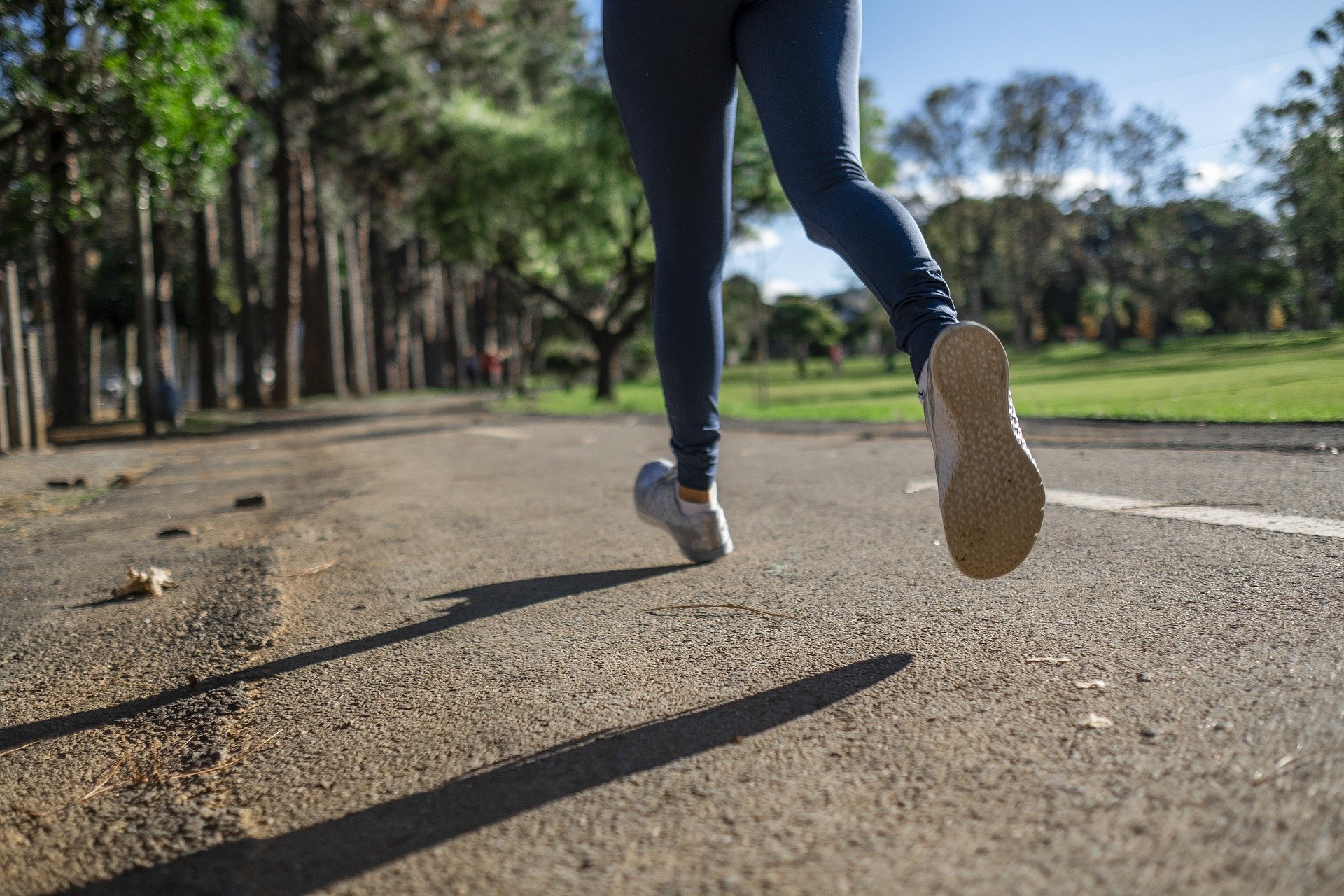Strava users are now, thanks to the “biggest app update of the year” and new added Group Challenges, able to create virtual workout competitions with up to 25 of their friends based on any of Strava’s 30+ sport types, for varying goals (such as distance, time, speed, elevation gain). Strava is also updating its Maps tab to help athletes reach their goals via Segment Suggestions.
Group Challenges
This personal mode of competition is meant to be easily accessible and adaptable to “any athlete who sweats,” regardless of preferred sport or fitness level. Group Challenges will be launched behind a metered paywall, but any athlete can create and join three Group Challenges for free.
The Group Challenges feature is positioned as Strava’s new flagship product, enabling athletes to create challenges and compete with friends. Group Challenges are located in the Groups tab of mobile apps.
Once invited, athletes must accept the invite to join and participate in the challenge. Athletes can only invite athletes they follow and who follow them back. Challenge creators can choose a challenge goal and create a Group Competition (max 25 athletes) using one of the competition formats below:
- Most Activity – set a goal for time, distance, elevation gain or loss. The goal establishes a milestone for the group to reach in order to complete the challenge. The leaderboard ranks athletes by their overall activity.
- Fastest Effort – average pace across a specific distance via running, virtual running, or wheelchair. Setting a race distance gives athletes in a challenge a guide on how far they should go. This is the distance all efforts will be measured over, and the leaderboard will rank runners by their average pace.
- Longest Single Activity – single activity recording of a longest distance across any sport that supports distance. Setting a minimum distance helps athletes in the challenge understand how far they need to go, how the leaderboard ranks are determined, and provides a level of difficulty for the challenge.


